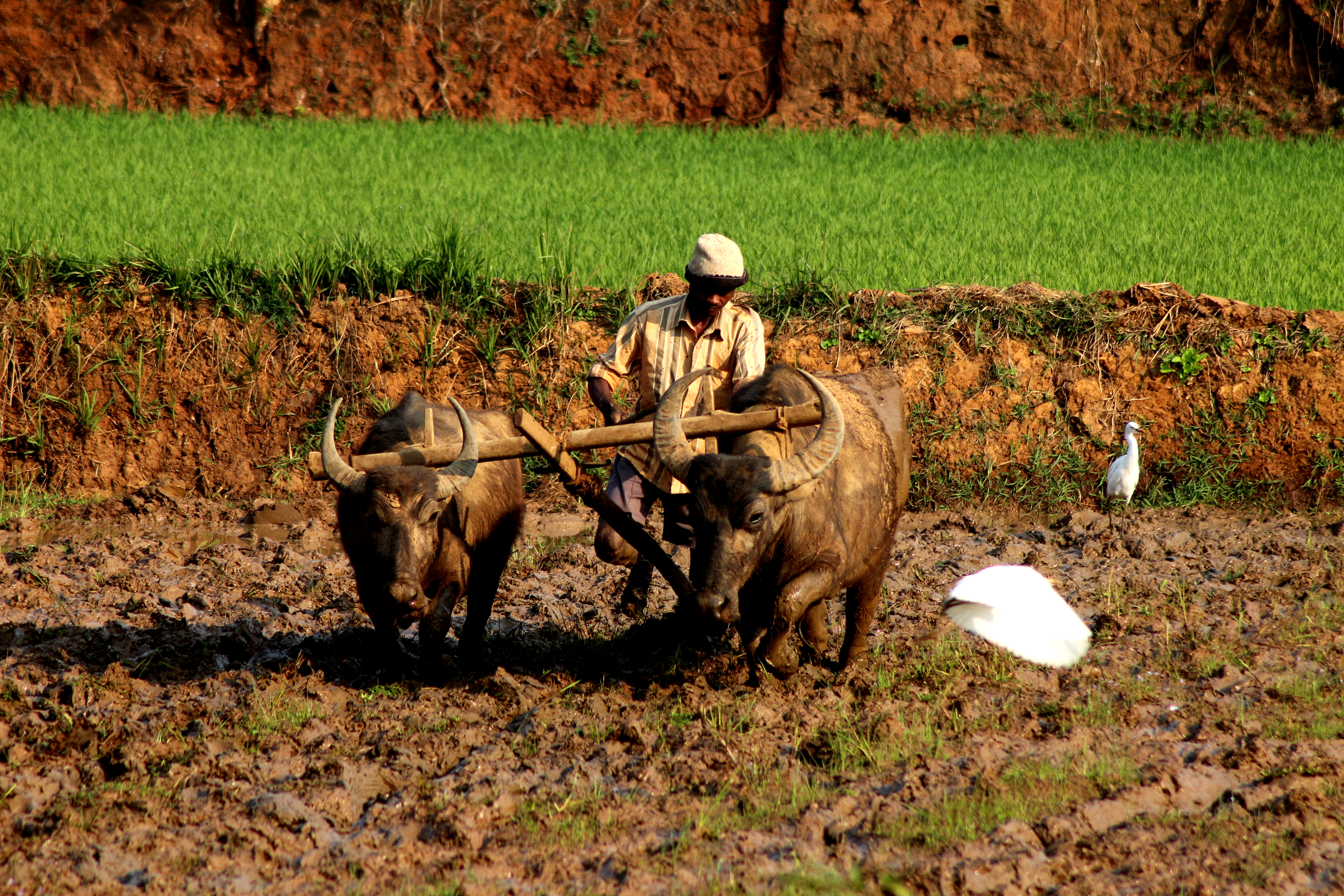Economic Realism of Pandit Deendayal Upadhyaya - Some Thoughts on Agriculture
While Pandit Deendayal Upadhyaya agreed with some form of mixed economy, one sees practicality in his economic thought and vision. There are two particular instances that seem to clearly indicate what he thought of different kinds of measures. Minimal government intervention in the private space of entrepreneurship beyond a certain regulatory approach was clearly seen as a plus by him, judging by his critique of the five year plans over centralization. As noted by Mahesh Chand Sharma, Panditji saw major problems with the second plan vis-à-vis the first five year plan, especially on the mission statement of creating a socialist society:
- Socialism as a confused principle only ends up in the emergence of autocratic governments, and remains fundamentally incompatible with democracy.
- The second plan, being a plan that aimed to alter a fundamental system in its entirety, would certainly be a problem as it shifted focus from functionality.
- The obsession with big industry was ‘indecent’ and ‘misconceived’ given how the first plan itself was not fully implemented.
- Given the vast scope of the second plan, the government was aiming to bite on more than it could chew, as the old adage goes.
There is a sense of functional reform that can be sensed in Panditji’s writings of course. His support for land reforms and his criticism of the Ram Rajya Parishad in this regard makes for interesting reading. In retrospect, when one reads his view in Bharatiya Arthaniti on the subject. However, his support for the land reform and redistribution was not some very socialist measure necessarily. There were some very solid aspects to it, especially with respect to agriculture, that drove his support for the same. Ensuring sufficient food in the first place with an emphasis on productivity and eradicating hunger were primary drivers; much more could follow if the people at large did not sit on an empty stomach in Panditji’s view. Diverting capital from agriculture at a time when it was most needed towards heavy industry in such a scenario would seem somewhat criminal, and there is an oblique criticism on that approach in the book to that end, especially with the inefficient utilization of capital and the inordinate delays in projects. In the same book, one could read for instance the fourth chapter detailing a charter for major agricultural reforms of the kind that would draw parallels to efforts in the present day to resuscitate Indian agriculture. These include:
- Improving the science of weather forecasting
- Improving productivity of agriculture from land
- Modernization of farming for incorporation of suitable tools
- Small and micro irrigation schemes to ensure sufficient water supply
- Moderate credit supply
- Warehousing and storage to enable farmers to get appropriate prices
What is interesting however is that the process of land redistribution is also qualified suitably – land has to be divided in a manner that makes agriculture productive and feasible. Also, the lack of due compensation and barriers to contract farming, which had been a long standing tradition in India, were absolutely unacceptable. Interestingly, quoting the Shukra Niti, Panditji argued that the farming profession is not a shudra but is a vaishya class category, which would actually challenge a lot of conventional understanding. To quote the relevant portion of the Shukra Niti:
क्रयविक्रयकुशलाये नित्यं पण्य जीविनः।
पशुरक्षकृषिकरास्ते वैश्याः कीर्तिताभुविः॥
i.e., those who excel in money and trade, those who protect animals and those farm are known as vaishyas in this world.
Thus, farming was not seen as a lowly profession by Panditji, who quoted this passage to justify it and processes to improve on it. He even talked about cooperative farming, which would make a lot of sense in today’s times, as he described it much on the lines of how a farmer producer organization (FPO) of the present times would operate.
What makes it all the more interesting is when we start to see parallels in the ideas of Panditji and what we saw happen in East Asia at the time. In his book How Asia Works, economist Joe Studwell traced the journey of the rise of Asian tigers like Taiwan, Japan and Korea, and marked the fact that the first stage towards becoming economic powerhouses was the vast agricultural productivity improvement that was witnessed by the country. Under American occupation, the American military generals in-charge rolled out these measures for the purpose of ensuring social stability, and subsequent governments on their advice also invested sufficiently to address food and nutrition shortages. It would therefore not be a leap of faith if one saw the eerie similarities in Panditji’s views on the same.



Comments